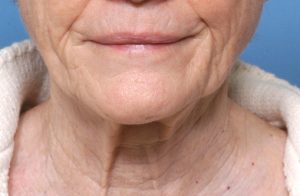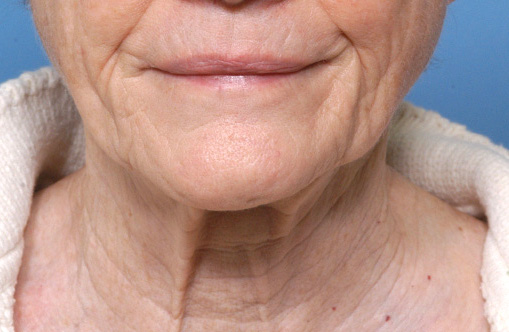
Reuniting the split platysma muscle has long been an important part of neck management in facelift surgery. But despite these surgical efforts vertical neck bands are well known to recur after surgery in some patients. The prevailing hypothesis is that the cervical branch of the facial nerve remains active and is a major contributing factor to their recurrence through muscular contractions .As a result an alternative approach to them, rather than trying to bring them back together, is to resect the medial muscle borders.
But this muscle hypothesis does not fully explain all new vertical neck bands. Some neck bands are very loose and soft and do not appear to be muscle in origin. Alternative explanations for their presence are needed.
In the November 2021 issue of the Plastic and Reconstructive Surgery journal an interesting technique article on this topic was published entitled ‘Anatomy behind the Paramedic Platysma Band: A Combined Cadaveric and Computer Tomographic Study.’ In this paper the authors performed an anatomic direction of 20 Caucasian and 10 Asian necks to determine the nature of the paramedian bands seen in many aging necks. Roughly two thirds of the time there was fusion of the muscle fibers between the two sides of the platysma between the inferior border of the jawline and the thyroid cartilage and 1/5 or 20% had such muscle findings below the thyroid cartilage as well. One-sixth or 15% of the time no muscular fusion occurred across the midline at all. When no muscular fusion was present an investing layer of superficial and deep cervical fascia wrapped around the median muscle edges.
This paper provides an anatomic explanation for the appearance of soft or hypotonic vertical neck bands as a fascial adhesion between the superficial and deep cervical fascia. They propose that transection of this fascial adhesion, band removal and midline muscle approximation as the solution to their appearance. Whether this is a superior approach to lateral horizontal platysmectomy is open for debate.
Dr. Barry Eppley
Indianapolis, Indiana



